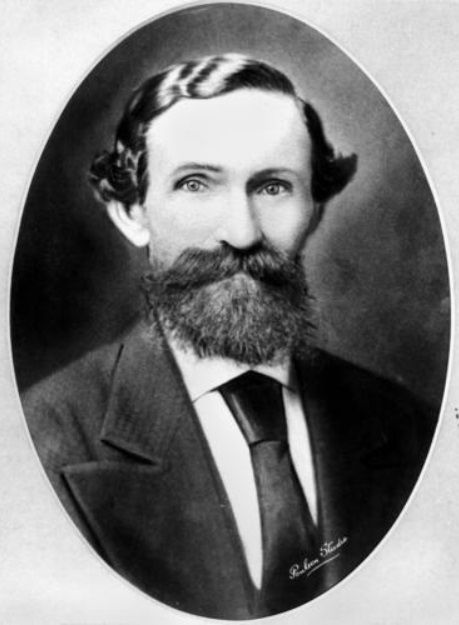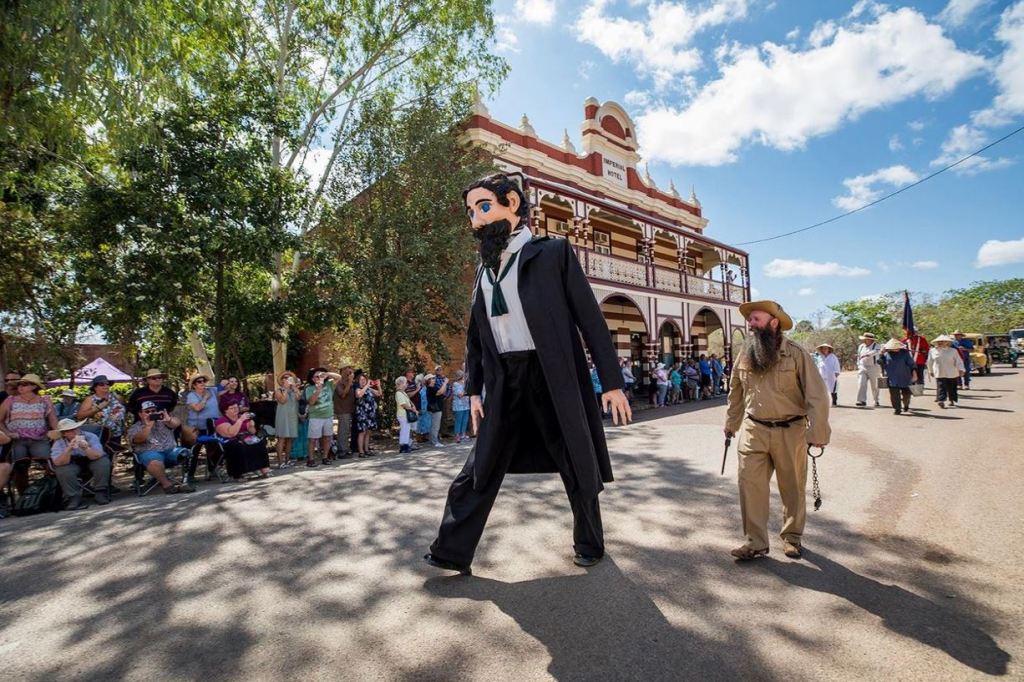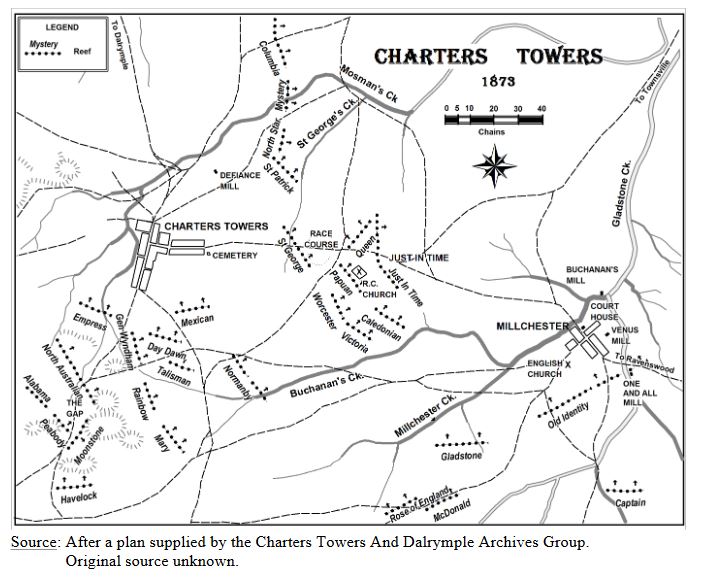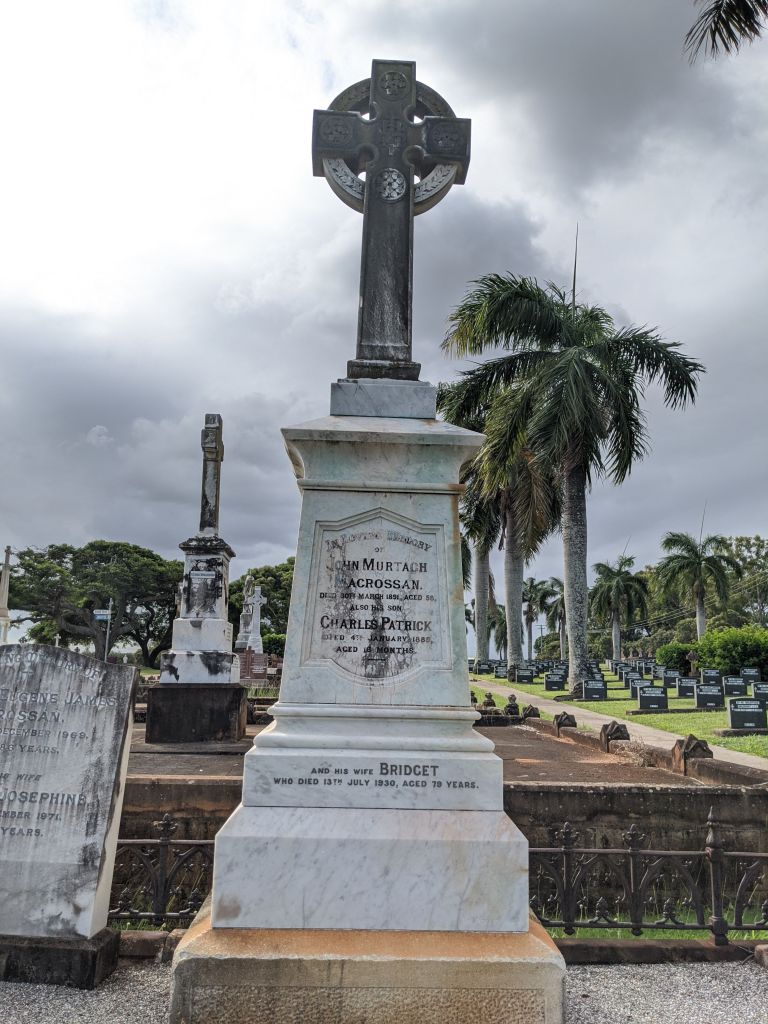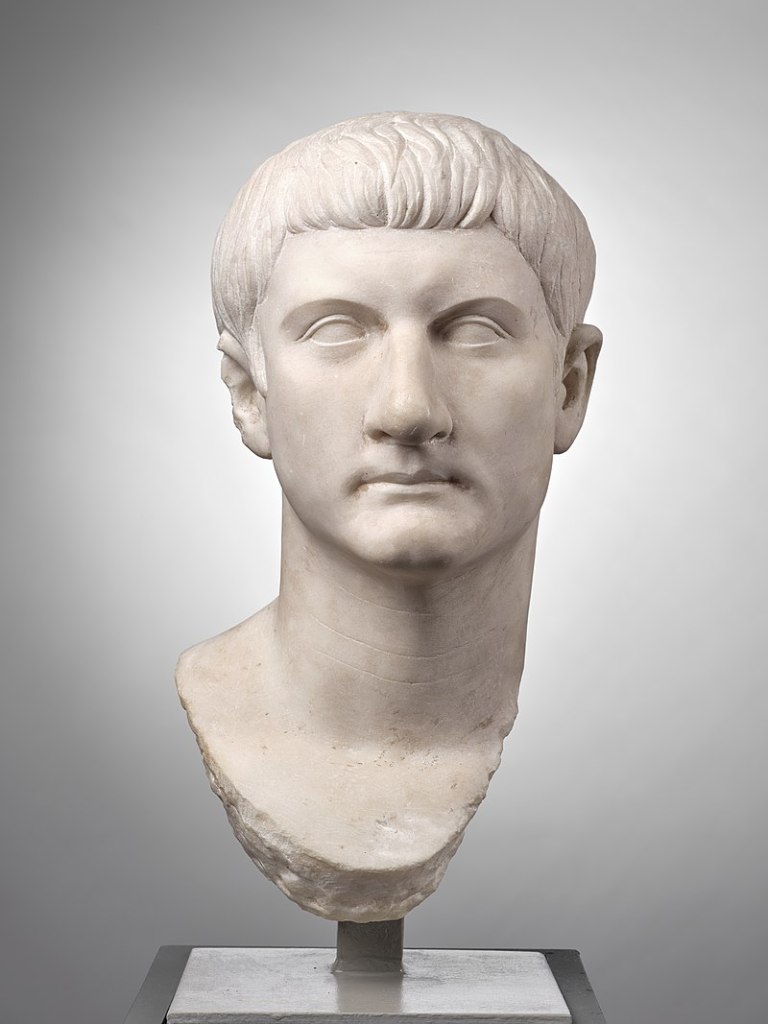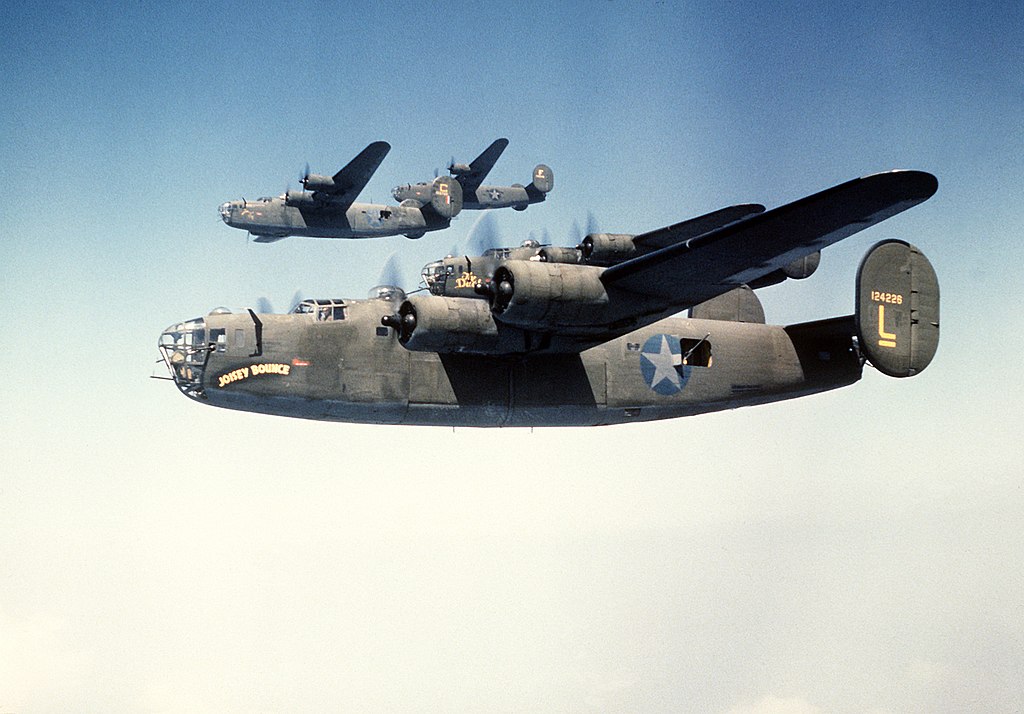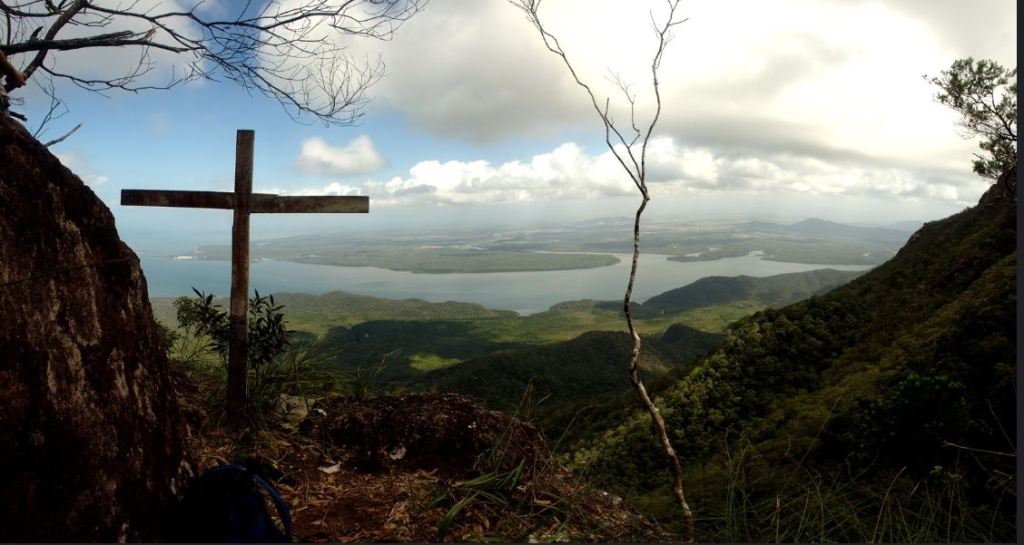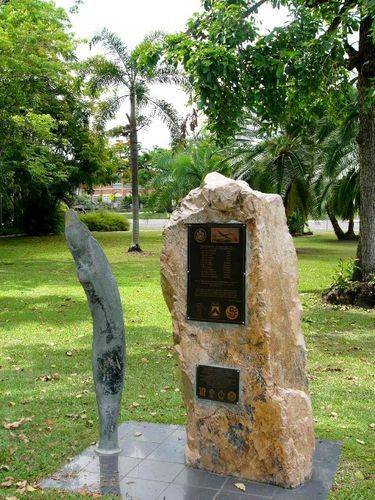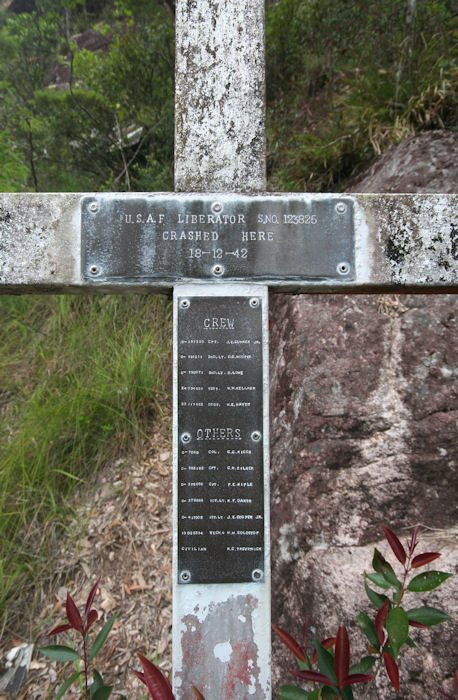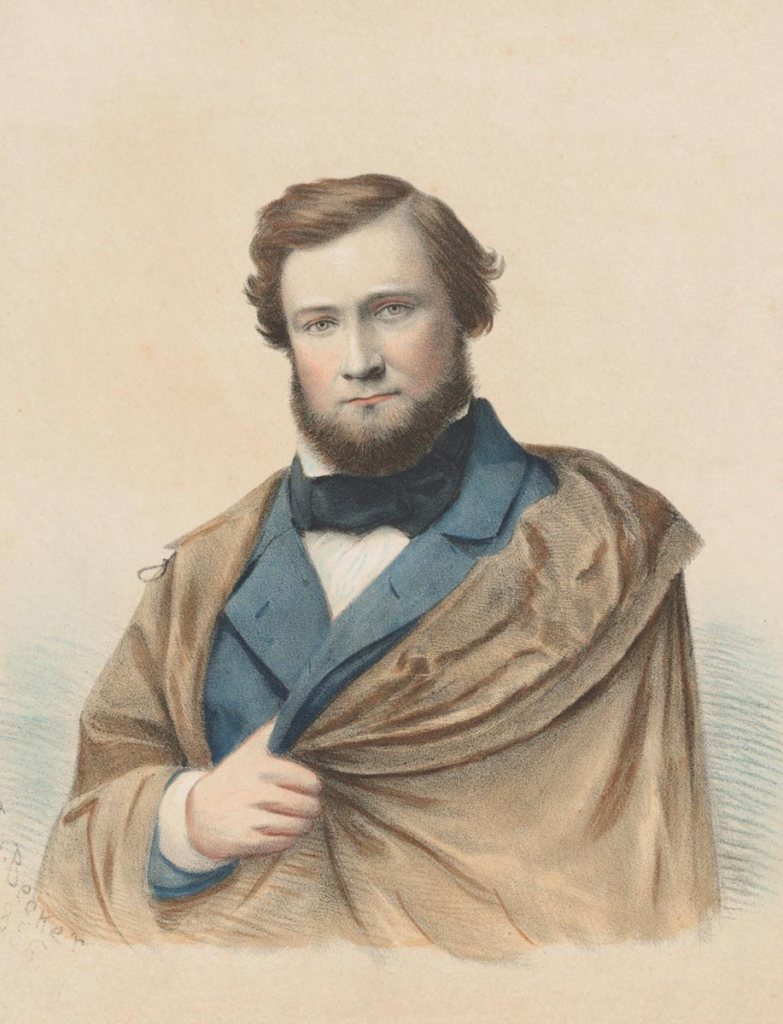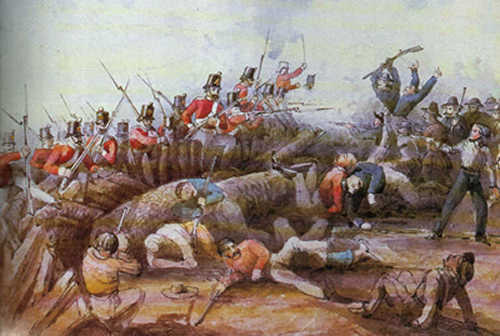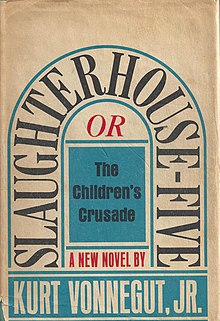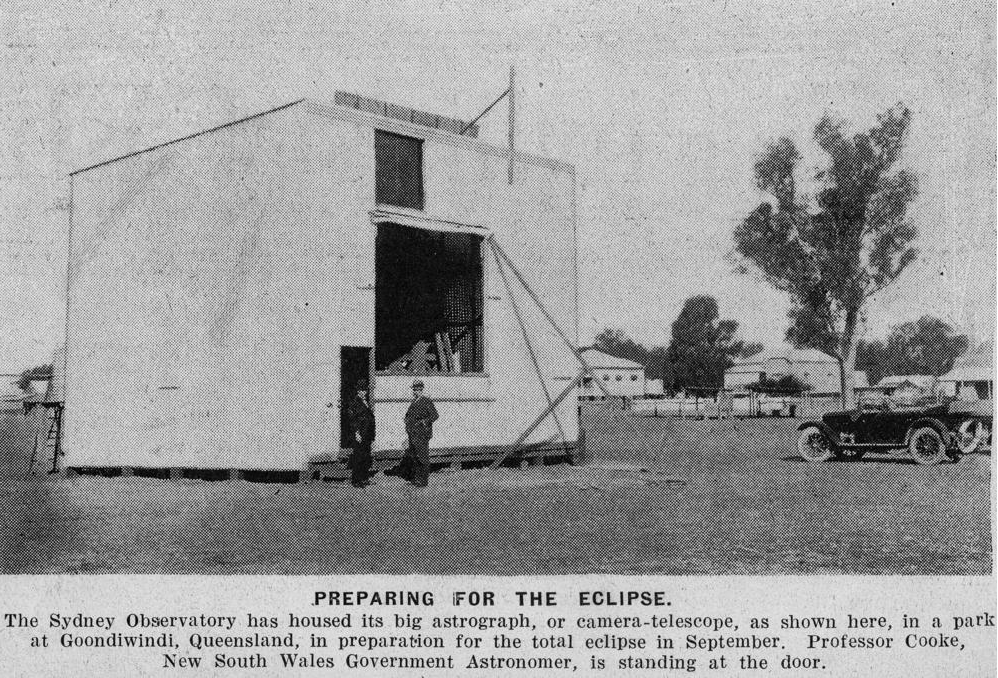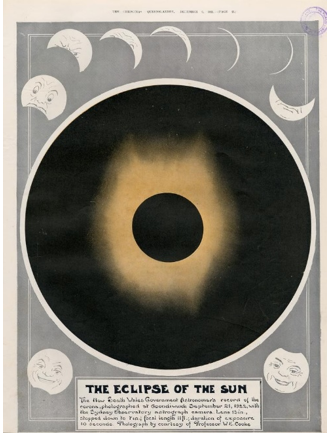Palm Sunday is a traditional day of protest for peace. During the 1980s, Palm Sundays in Australia were the occasion for enormous anti-nuclear rallies across the country.
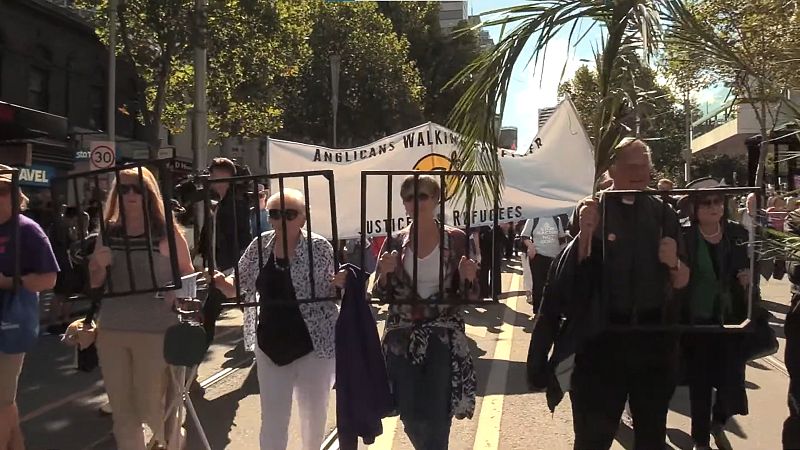
THE PALM SUNDAY peace march is an annual ecumenical event that draws people from many faith backgrounds to march for nonviolent approaches to contentious public policies. The event has a rich history.
While the rallies have focused on different issues over time, shifting as different issues arise, the Palm Sunday peace march has been a constant over several decades.
The event is based on the account of Jesus’ procession into Jerusalem. Recorded in all four gospels, the narrative sees Jesus enter the city on a donkey, an action considered by many as a piece of anti-imperial political theatre, a demonstration designed to mock the obscene pomp of the Roman empire. Today, Christians commemorate the event with the movable feast Palm Sunday on the Sunday before Easter.
Australia has seen some large protest marches in the past. At the first Vietnam War moratorium protest in May 1970, 70,000 people marched in Melbourne and 20,000 in Sydney.
The annual Palm Sunday rallies were organised by the People for Nuclear Disarmament, beginning in 1982 and reaching a peak in 1985. On Palm Sunday in 1982, an estimated 100,000 Australians participated in anti-nuclear rallies in the nation’s biggest cities. These rallies grew year by year.
1984 was the year of George Orwell’s dystopian future — though the 1980s was less about a surveillance society than nuclear fear. In 1984, Labor introduced the three-mine policy as a result of heavy pressure from anti-nuclear groups. This was also a time when many Australians were concerned that the secret defence bases at Pine Gap, North West Cape and Nurrungar, run jointly with the United States on Australian soil, were “high priority” nuclear targets
An estimated 250,000 people took part in Palm Sunday peace marches in April 1984 and the Nuclear Disarmament Party gained 7 per cent of the vote in the December 1984 election and won a Senate seat. In addition, the election of the Lange Labor Party Government in New Zealand in July 1984 resulted in New Zealand banning visits by ships that might be carrying nuclear weapons.
Australia did not follow the example of New Zealand and refused entry to any ship that carried nuclear weapons, which were also considered targets in a nuclear war. The refusal of New Zealand to permit a visit by the USS Buchanan in February 1985 threatened the future of the ANZUS alliance.
In 1985, more than 350,000 people marched across Australia in Palm Sunday anti-nuclear rallies demanding an end to Australia’s uranium mining and exports, abolishing nuclear weapons and creating a nuclear-free zone across the Pacific region. The biggest rally was in Sydney, where 170,000 people brought the city to a standstill.
In May 2000, there were around 250,000 people who walked across Sydney Harbour Bridge in support of reconciliation.
On 15 February 2003, there were protest marches all around Australia in capital cities, many major cities and towns demonstrating against involvement in the Iraq war. The estimate for participation around Australia was just over 1,000,000 people.
350,000 students and workers undertook a climate strike in 2021 in over 115 Australian cities and towns, and more recently the sustained weekly mass protests in support of the Palestinian people.
During the 1950s and 1960s, the United States and the USSR accused each other of wanting to dominate the world. Nuclear weapons were used as a form of security. The more the U.S. built, the more the USSR built. The destructiveness of nuclear weapons is immense. The policy of Mutually Assured Destruction (MAD) was that the more a country had, the less likely it was to be attacked. Many Australians did not believe in the policy of MAD.
The apocalypse figured heavily in 1980s social life.
The song “London Calling” from the 1979 album of the same name by UK punk band The Clash is an apocalyptic, politically charged rant that reflected the concern about world events with reference to “a nuclear error” and the incident at Three Mile Island, which occurred earlier in 1979.
From 1980 to 1988, the U.S. President was Ronald Reagan – a better actor in office than he ever was on screen – who co-opted the language of science-fiction for his proposed anti-ballistic system, the Strategic Defense Initiative. This proposal was known as “Star Wars” — a machine that would protect humanity from itself.
The popular view was that the stumbling hand of Ronald Reagan perpetually hovered over the nuclear kill switch. During the early and mid-1980s, many Americans rallied to the Reagan administration’s policies, particularly increased spending. During this time, popular pro-nuclear, pro-Reagan films existed such as Red Dawn where on a peaceful morning in mid-western America, through the windows of a high-school classroom, students see Soviet paratroopers land on their football field starting the invasion of the United States.
Red Dawn was released in the same year Arnold Schwarzenegger frightened everyone with the nightmare vision of an apocalyptic future after the world had been destroyed in The Terminator. Science fiction gives insights into the sources, dangers and dimensions of the nuclear menace. In films dealing with post-nuclear scenarios, humankind must survive if there is to be any story at all.
At the same time that Americans flocked to the Reagan platform, more Americans watched the city of Lawrence, Kansas suffer the effects of a fictitious nuclear war in The Day After. The controversial 1983 movie portrays the grim reality of what a nuclear war looks like and its aftermath of social chaos and economic collapse. During the Cold War, it was theorised that Lawrence, Kansas would be one of the few cities completely unaffected by nuclear war as it is near the exact geographic centre of the United States.
The Day After was a dramatisation of the effects of a hypothetical nuclear attack on the United States and was one of the biggest media events of the 1980s. The Day After aired on U.S. TV on Sunday, 20 November 1983 on the ABC television network and was watched by an estimated half the adult population, nearly 100 million, the largest audience for a made-for-TV movie to that time and making the film one of the most successful television broadcasts.
The airing of The Day After on U.S. TV was a defining moment in the Cold War in that it took human extinction to the individual level. The Cold War attitude towards nuclear proliferation stopped cold in its tracks. The people of the world could now visualise what a nuclear attack would look and feel like — and they didn’t like it.
The song ’99 Luftballoons’ is a Cold War-era protest song by the German singer Nena. It reached number one in West Germany in 1983 and the original German version peaked at number two on the American Billboard in 1984.
Then, starting on 28 February 1984, Nena topped the UK Singles Chart for three weeks. The song tells a story of 99 balloons floating into the air over the Berlin Wall to the Soviet sector, triggering an apocalyptic overreaction by military forces. It came during a period of escalating rhetoric and strategic manoeuvring between the United States and the Soviet Union in the Cold War.
In particular, its international success followed the United States deployment of Pershing II missiles in West Germany in January 1984 (in response to the Soviet deployment of new SS-20 nuclear missiles), which prompted protests across Western Europe.
Then in May 1984, Frankie Goes to Hollywood released ‘Two Tribes’. It was a phenomenal success in the UK, although in 1986 it all became real with the Chernobyl nuclear power plant explosion.
A major focus of activism in Australia during the anti-nuclear movement in the 1980s was the campaign against uranium mining, as Australia holds the world’s largest reserves of this mineral.
The Australian anti-nuclear movement emerged in the late 1970s in opposition to uranium mining, nuclear proliferation, the presence of U.S. bases and French atomic testing in the Pacific.
In 1982, Labor voted to revise its no-mine policy, instead choosing to advocate a one-mine policy. Two years later, Labor retreated further, acting in support of a three-mine policy — the three mines that were already active in Australia. This meant that although Labor would not endorse any effort to build new uranium mines, they would not act to shut down the mines already in operation. The three mines policy was in place between 1984 and 1996. However, the mining industry felt that this unnecessarily restricted uranium mining.
During the 1980s, there was a mushroom cloud shadow cast over Australia. The anti-nuclear protest movement was successful in linking the horror of nuclear war to the zeitgeist of the 1980s. The anti-nuclear movement served an important function in Australian politics, where it visibly prevented any more pro-nuclear policies from being enacted by the Australian government.
By the late 1980s, the political, social and economic mood had swung firmly in the favour of the anti-nuclear movement. Though it was clear that the three already functioning mines would not be shut down, the falling price of uranium, coupled with the 1986 Chernobyl disaster, ensured that there would not be a strong effort to broaden Australia’s nuclear program.
Although the success of the anti-nuclear movement appears to have faded and become part of the historical record, the spirit of the 1985 Palm Sunday protest march is still alive in Australia. Apocalyptic visions of global destruction continue to be part of our contemporary zeitgeist. In its modern incarnation, the apocalypse has become more varied.
Gone is the single event; now we have a multiple-choice question sheet worth of ways to end our time on earth. In the 2020s, the apocalypse continues to figure heavily in social life with constant references to wild weather, global financial crises, lone wolf terrorism, environmental collapse and zombie plagues.
And perhaps the greatest fear of all is that in this fracturing of fear may come complacency.

